Properties with political connections
These three country houses on the market this summer all have intriguing political connections
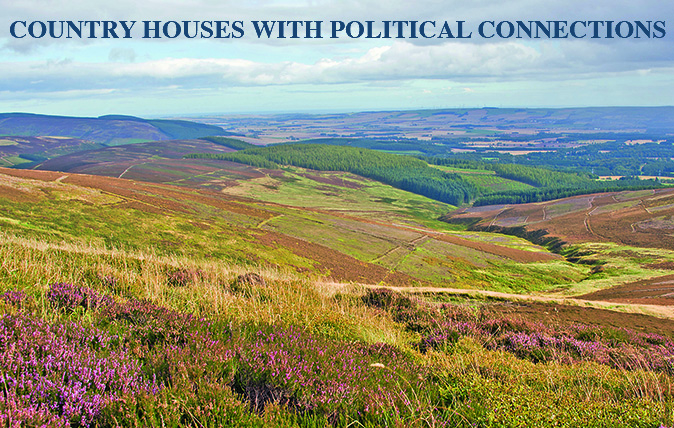

The of the Gladstone family’s historic, 6,228-acre Fasque estate at Fettercairn, on the fringe of the Scottish Highlands between Aberdeen and Dundee, highlights the remarkable turnaround in the estate’s fortunes achieved by its forward-thinking owner, Charles Gladstone, during his 25-year stewardship. In that time, Mr Gladstone has reversed the decline of the family’s flagship Scottish landholding, creating a mosaic of standalone farming, forestry, sporting and property assets, which are being offered by the Edinburgh office of Strutt & Parker (0131–226 2500)—either as a whole, at offers over £9.32 million, or in a total of 28 lots, at prices varying from less than £100,000 to more than £2m.
Two prominent landowning families have been involved in the development of the Fasque estate—the Ramsays of Balmain, who owned it from the 15th century, and the Gladstone family, who acquired it in the early 19th century.
The original estate mansion, Fasque House, was built by Sir Alexander Ramsay-Irvine at a reputed cost of £30,000. It took more than 10 years to construct and was completed in 1809. When Sir Alexander died the following year, the estate passed to the next generation of Ramsays, which clung on at Fasque for 19 years, until mounting debts finally forced its sale. In 1826, the estate was bought for £80,000 by John Gladstone, a dynamic Liverpool grain merchant of Scottish extraction, whose family were farmers before becoming wine merchants in Leith in the years after 1745.
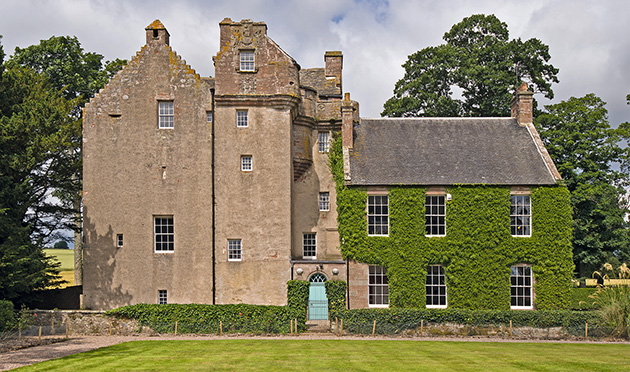
Having made his fortune trading in corn with the USA and cotton with Brazil, the enterprising Gladstone served as an MP between 1818 and 1827 and was created a baronet by Sir Robert Peel in 1846. When Sir John died at Fasque House in 1851, the estate and baronetcy passed to his eldest son, Thomas, who lived there for almost 40 years, during which time the estate lands expanded to some 80,000 acres, bordering Balmoral to the north.
His younger brother, the four-time British Prime Minister William Ewart Gladstone (who had inherited Hawarden Castle in north Wales through his wife’s family, the Glynnes) was a regular visitor to Fasque, where he practiced his favourite hobbies of tree-felling and walking, often trekking the 15 miles to the estate from Banchory station in Deeside. Sir Thomas died in 1889 and Fasque then passed to his bachelor son, John, who came home to run the estate with his sister Mary. She survived him by six years and lived on at Fasque House until her death in 1932. It then remained empty for years, before it was eventually restored and sold, in 2008, as a hotel and wedding venue.
Meanwhile, the Fasque estate and the adjoining Glendye estate, added in the 1840s, continued to operate as normal. Although understandably sad to see Fasque pass out of his family’s hands after almost two centuries of ownership, Mr Gladstone is hoping the sale will underpin the future prosperity of the family’s main estates at Glendye and Hawarden.
Major successes achieved on his watch at Fasque include the restoration of the Category A-listed Balbegno Castle, now the main estate house, with three reception rooms, six bedrooms and some 21 acres of gardens, grounds and parkland; the development of a renowned, high-bird driven pheasant shoot over the past 25 years, which now sees Fasque rated among the best in Scotland; the revival of the grouse moor, previously unmanaged for many years, which has seen a notable increase in grouse population over the past seven years; and the expansion of the forestry and woodland—a key part of the estate’s land use and management.
Exquisite houses, the beauty of Nature, and how to get the most from your life, straight to your inbox.
This included the creation of the Fasque Christmas Tree Partnership in 2002, a joint venture between the vendor and five Danish investors. From an investor’s point of view, other juicy morsels in this most tempting of pies include 32 houses and cottages, some vacant, others occupied, and a variety of traditional estate and farm buildings and derelict cottages, some with potential for development or replacement, subject to planning.
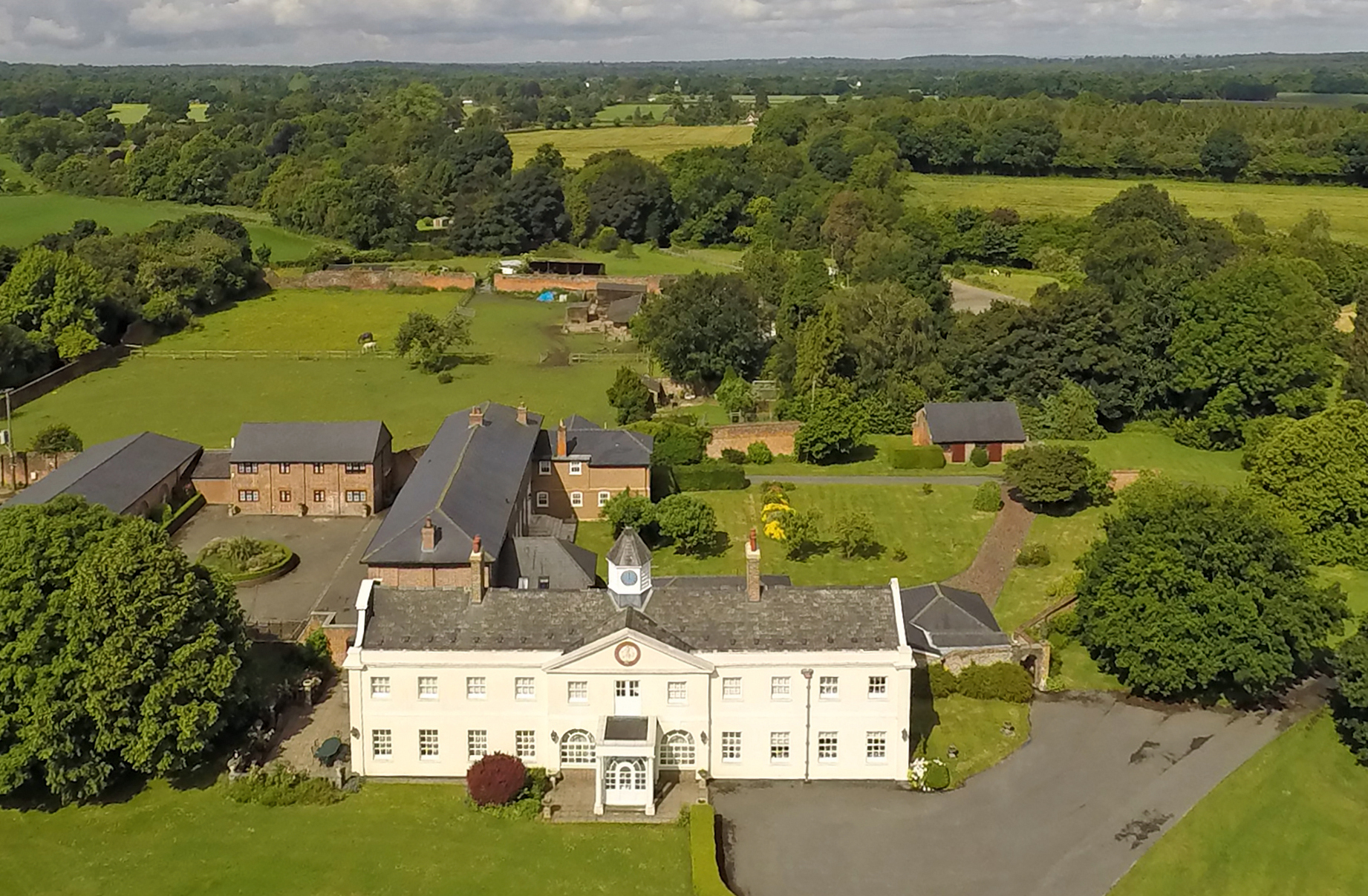
Another distinguished property with intriguing parliamentary connections is Grade II-listed Upper Gatton Park, three miles from Reigate, Surrey, which launches in this week’s Country Life at a guide price of £6.75m through Knight Frank (020–7861 1065). The imposing, 12,688sq ft country house stands at the end of a long drive, surrounded by 139 acres of Capability Brown gardens, woodland, park and farmland, high up on the North Downs yet still within the bounds of the M25.
A parliamentary borough from 1450 to 1832, Gatton was one of the most notorious ‘rotten boroughs’, which, despite its tiny population, elected two MPs to the House of Commons, among them Robert Mayne, a banker and government contractor who resided at Upper Gatton Park. Between the wars, it was home to Sir Alfred Tritton of the City bill-broking family, before being taken over by the Canadian Army in 1939. The estate was sold in 1942 and again several times after the Second World War, before it was bought, in 2000, by the current owners.
Originally comprising a large Georgian country house with a coach house and further outbuildings, the main part of the property was demolished in 1948. The present house consists of part of the original building linked to more modern extensions. It boasts elegant accommodation arranged over two separate wings, providing, in total, nine bedrooms, eight bathrooms and at least seven reception rooms, along with a family kitchen and an integrated yet self-contained three-bedroom cottage. Secondary buildings include a two-bedroom cottage, numerous outbuildings, an American-style barn with 10 loose boxes and a garden store suitable for conversion to an office or studio, subject to planning consent.

Across the county border in West Sussex, timeless Chownes Mead at Cuckfield, near Haywards Heath, exudes the quiet charm of an altogether gentler age. For sale through Savills (020–7409 8877) at a guide price of £6.25m, the landmark, Grade II listed neo-Elizabethan house, set in 20.5 acres of formal gardens, park, woodland and paddocks on the southern slopes of the Weald, was built for the Kleinwort banking family between 1912 and 1920, its construction by local builders Norman and Burt being interrupted by the First World War.
Requisitioned by the Canadian Army during the Second World War, Chownes Mead was lived in by Lord Woolton, a member of Churchill’s caretaker government until the 1945 general election. Out of office, he served as Conservative party chairman and entertained many influential political figures at the house, among them Harold Macmillan. Sold at auction in 1955, it has been owned by only two families since then.
The current owners have renovated it throughout, fitting a new bespoke kitchen and new bathroom suites, but retaining fine period features such as marble and stone fireplaces, handcarved Norfolk oak panelling, oak flooring and ornate stucco ceilings. In all, Chownes Mead has 11,745 sq ft of living space on three floors, including four spacious reception rooms, eight bedrooms and seven bath/shower rooms.
-
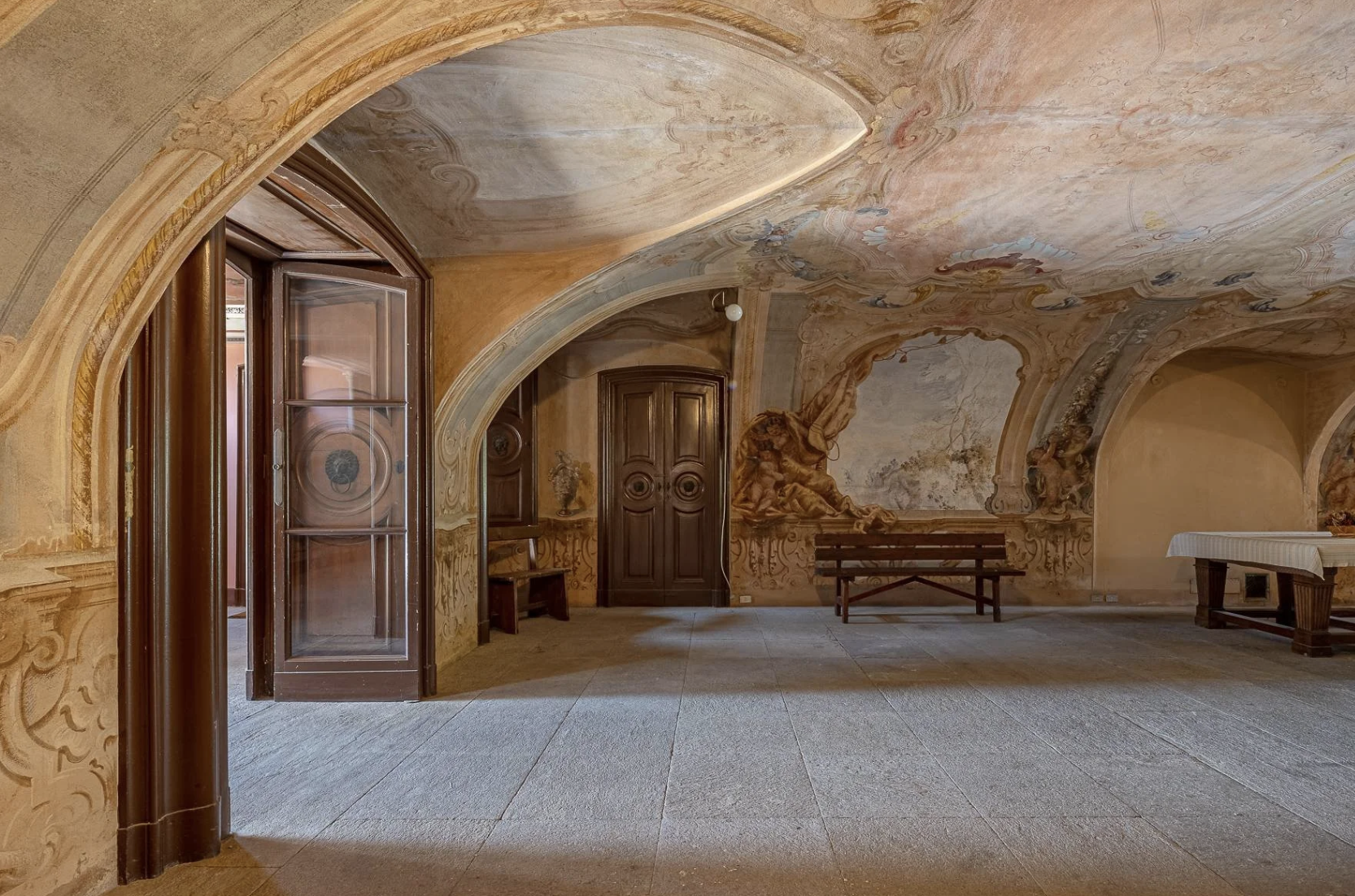 Dream of revolution inside the 18th-century villa once occupied by Napoleon's French troops
Dream of revolution inside the 18th-century villa once occupied by Napoleon's French troopsAn apartment inside historic Villa Gnecchi Ruscone is on the market and it comes with a grand ballroom rumoured to have been frequented by Napoleon.
By Lotte Brundle Published
-
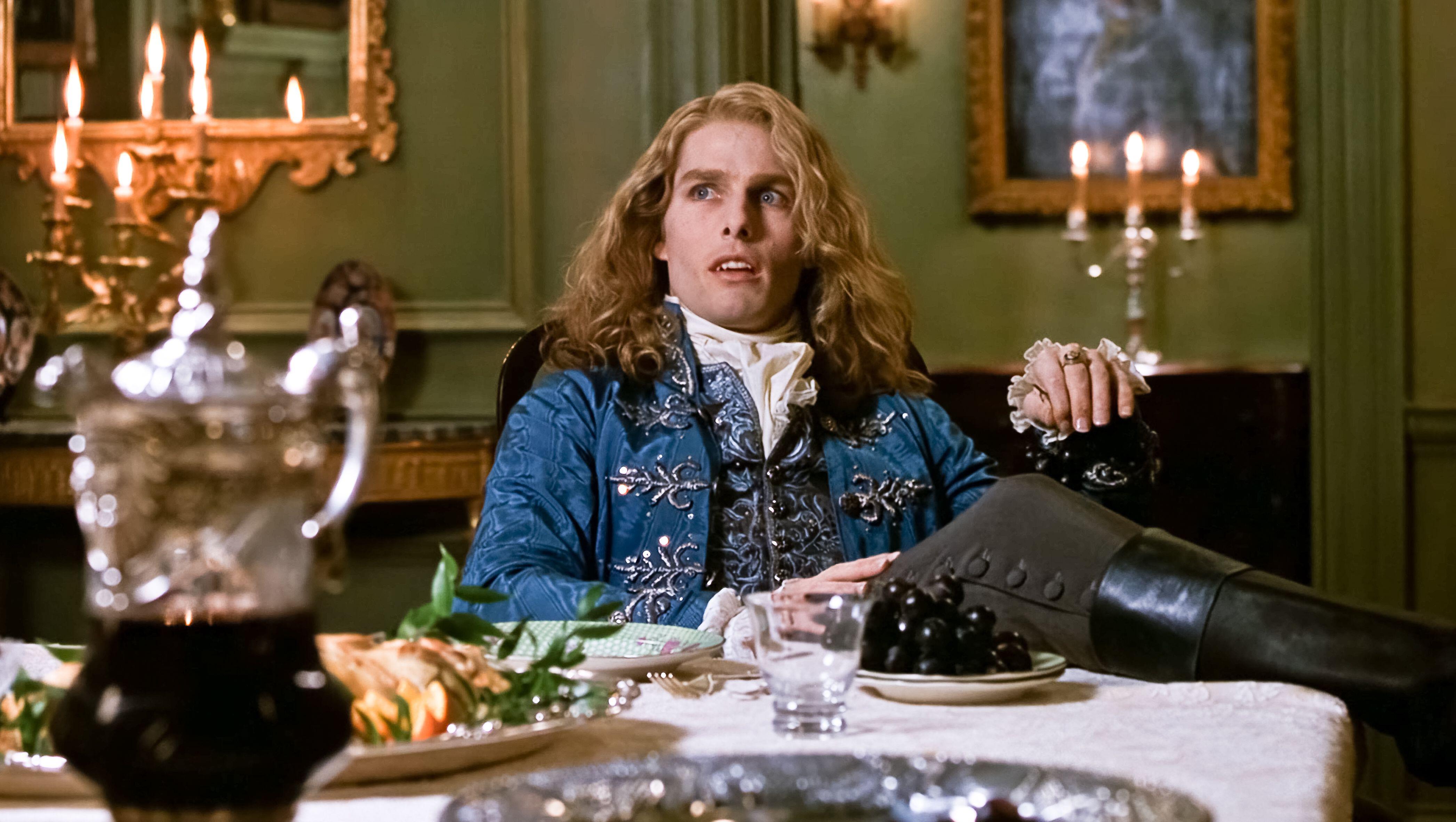 Get ready to get spooky in the Halloween edition of the Country Life Quiz of the Day, October 31, 2025
Get ready to get spooky in the Halloween edition of the Country Life Quiz of the Day, October 31, 2025Ghosts, ghouls and ghastly questions lurk in today's quivering quiz.
By Country Life Published

